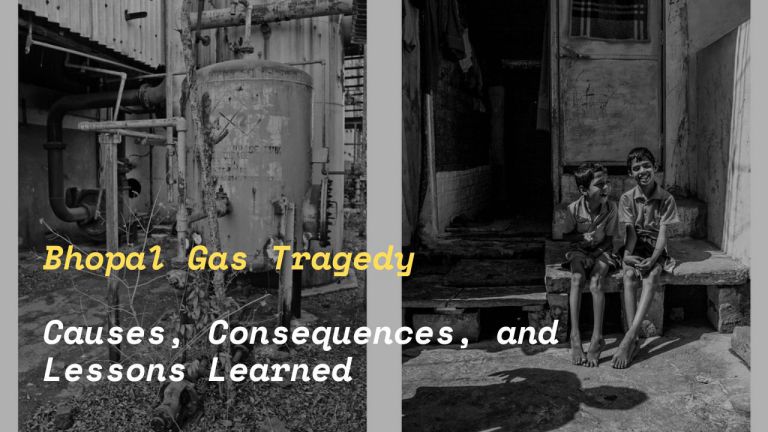
Bhopal gas tragedy is a curse of world history. More than 15,000 lives were lost due to poisonous air! Thousands of people fell ill. Since then this day is celebrated as ‘National Pollution Control Day’.
How did the Bhopal gas tragedy happen?
It has been 39 years since the Bhopal gas tragedy. The accident has been identified as the world’s worst industrial disaster. Between 2 and 3 December 1984, gas suddenly started leaking from a pesticide plant of Union Carbide India Limited (UCIL). That night, more than 40 tonnes of Methyl Isocyanate (MIC) gas was leaked from a pesticide plant in Bhopal. The plant had three underground 68,000-litre liquid methyl isocyanate gas storage tanks. A tank is leaking at plant number C. UCIL’s alarm was not working in real time. The result was that the situation became worse. The common people did not realize what a terrible situation they were in. Thousands of people started getting admitted to hospitals. Lack of adequate medical facilities increases the crisis.

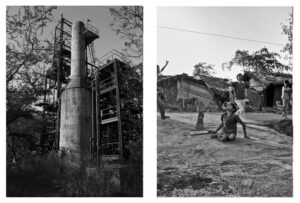
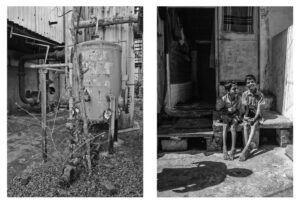
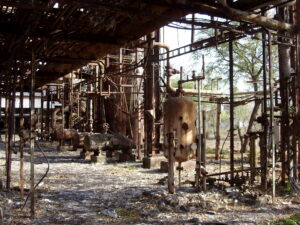
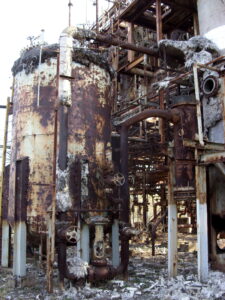
Number of dead and injured in the accident
In this incident, 3 thousand 800 people died almost instantly. After that, thousands of people lost their untimely lives due to gas leakage. On December 2, 1984, at 11 pm, about 10 lakh residents of Bhopal were sleeping deeply. At that time, an operator at the Union Carbide India Limited (UCIL) pesticide plant noticed a small leak in a storage tank filled with methyl isocyanate (MCI) gas and the gas started coming out from that leak. At any time, the internal pressure of the gas can cause the tank to burst. However, a notice posted there states that even though gas has leaked from the MIC system, the harmful substance of that gas has been neutralized due to safety equipment. It was closed on the night of the accident, three weeks ago. Apparently due to a faulty valve, water mixed with 40 tonnes of methyl isocyanate (MIC) gas. Within hours of the gas entering the air, the streets of Bhopal were strewn with dead bodies of animals and birds. Human dead bodies can be seen everywhere. Soon the crowd of injured patients started increasing in the local hospital. The tragedy was recognized as one of the “chemical disasters” in world history. Bhopal city became another name for industrial disaster.
Read More : Govt of India scraps requirement of drone pilot license, after banning importation of drones
Long term effects on health and environment
The devastation started after the release of about 40 tons of methyl isocyanate gas. (Bhopal gas tragedy)
Bhopal residents started having trouble breathing. With skin and eye irritation. Reports of internal bleeding, pneumonia and death began to emerge. The people living near the plant suffered the most damage. Poisonous gas has serious effects on the internal organs of the body. Health problems arise on a large scale. The picture of Bhopal became horrifying. Trees turn black, dead bodies are seen lying on the road. Human and animal fertility is also permanently affected. This incident took the lives of more than 15 thousand people that day. Due to the effects of this gas leak, about a thousand residents became physically disabled for life. Approximately one in hundred newborn babies are born with physical defects.